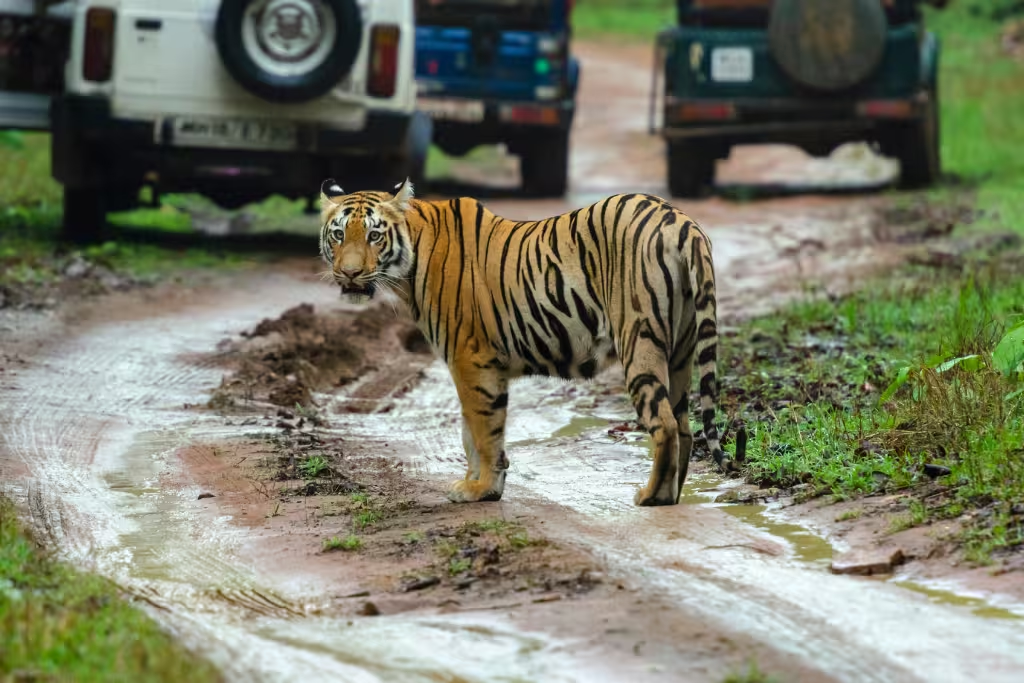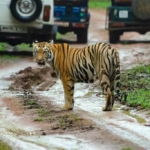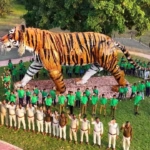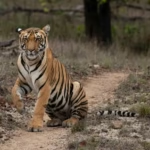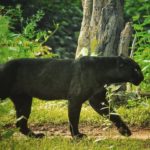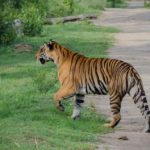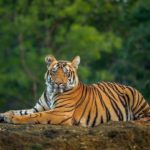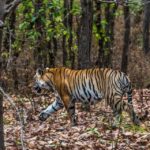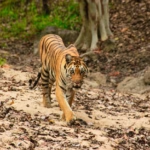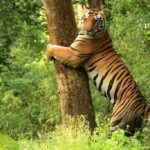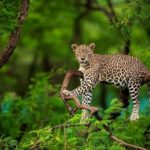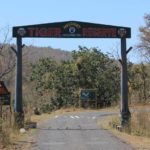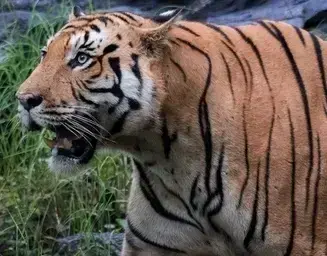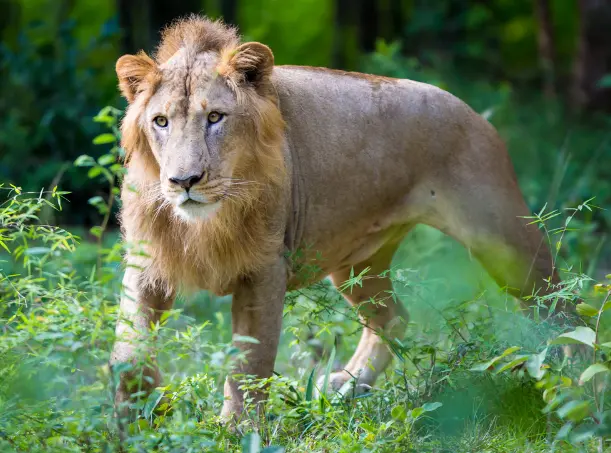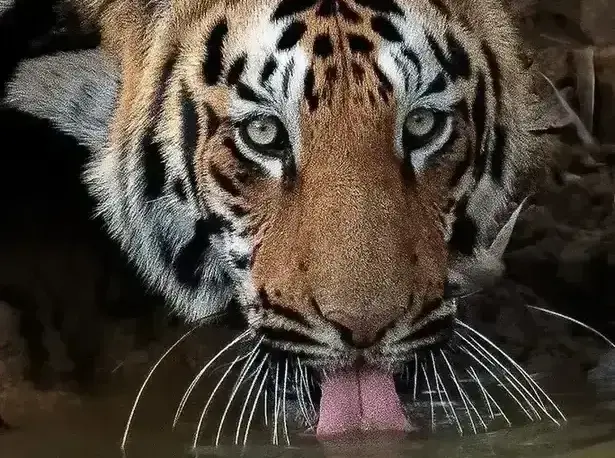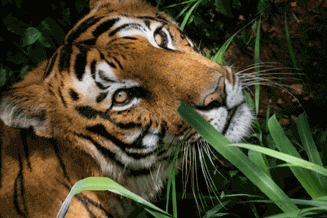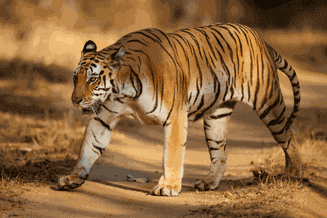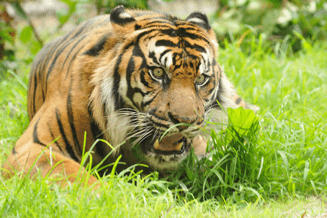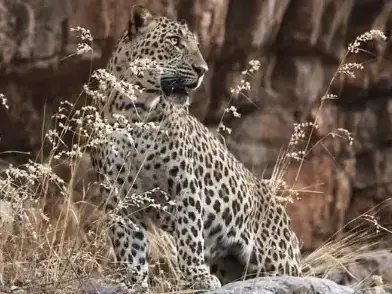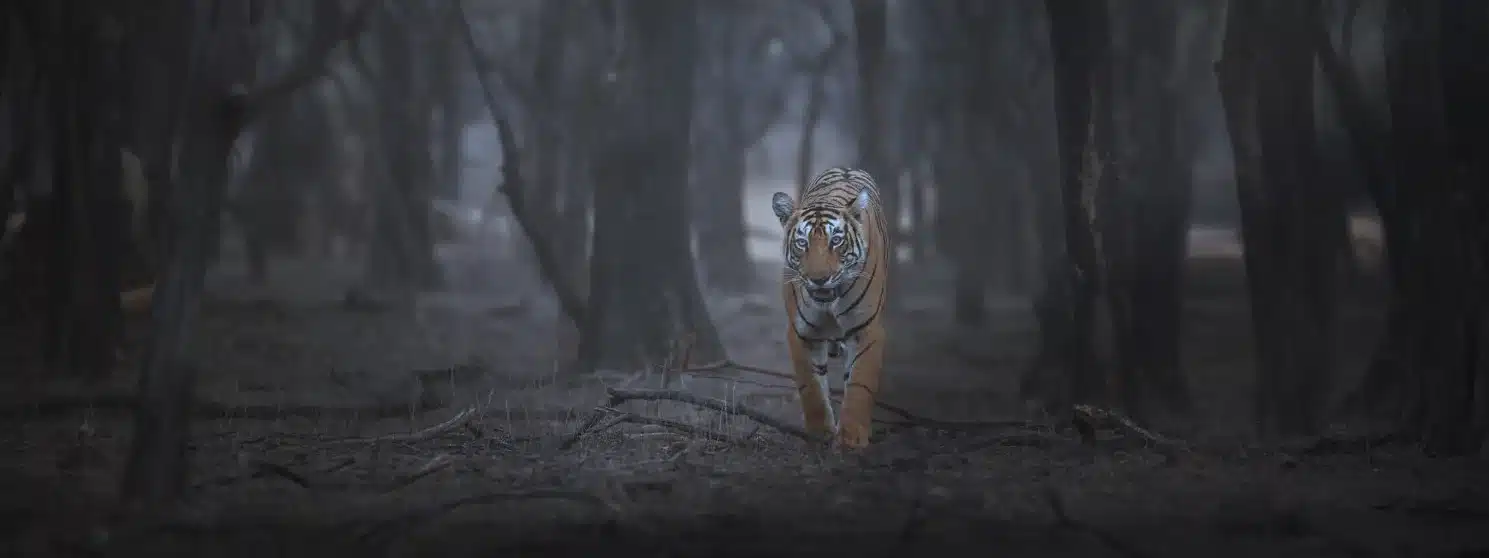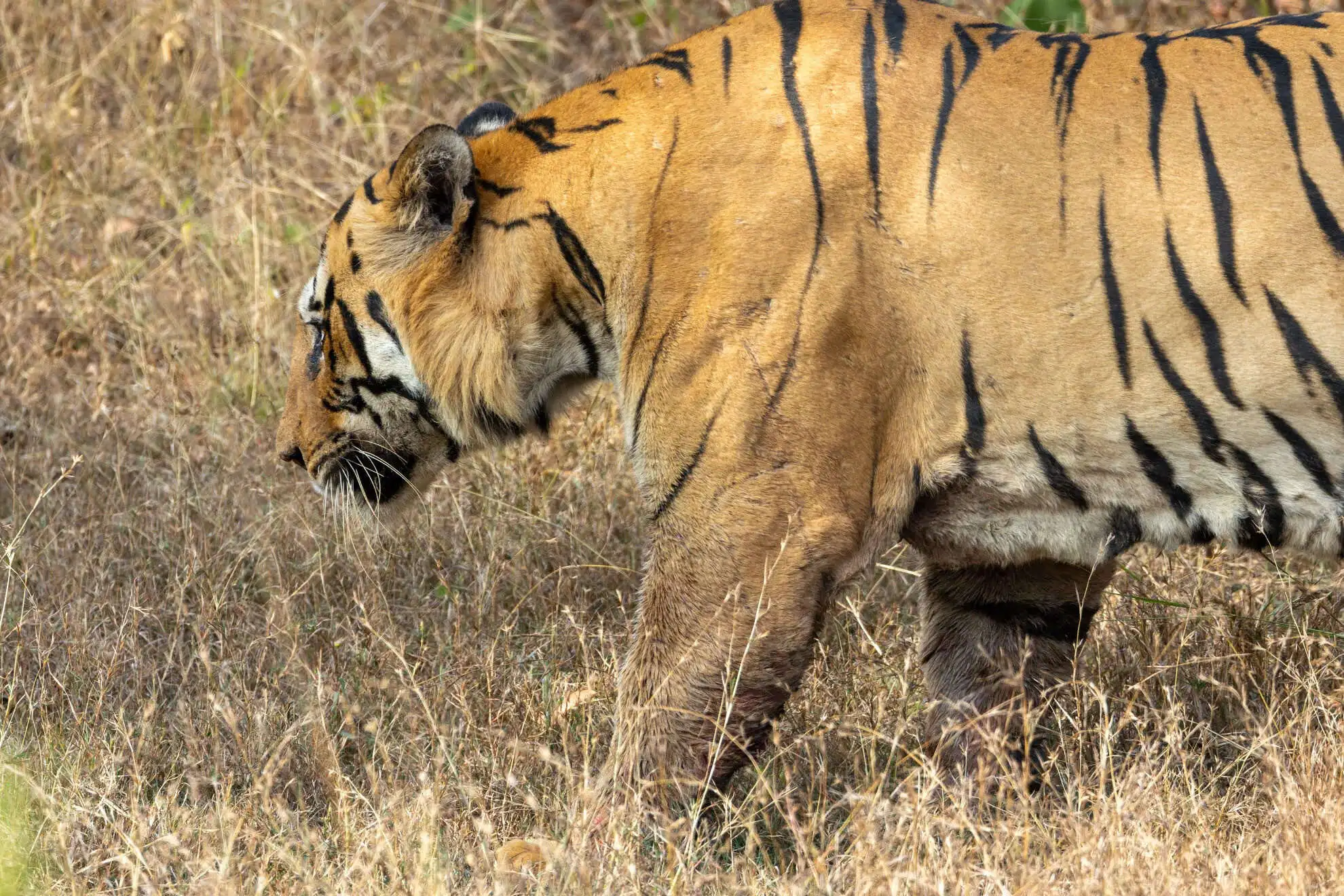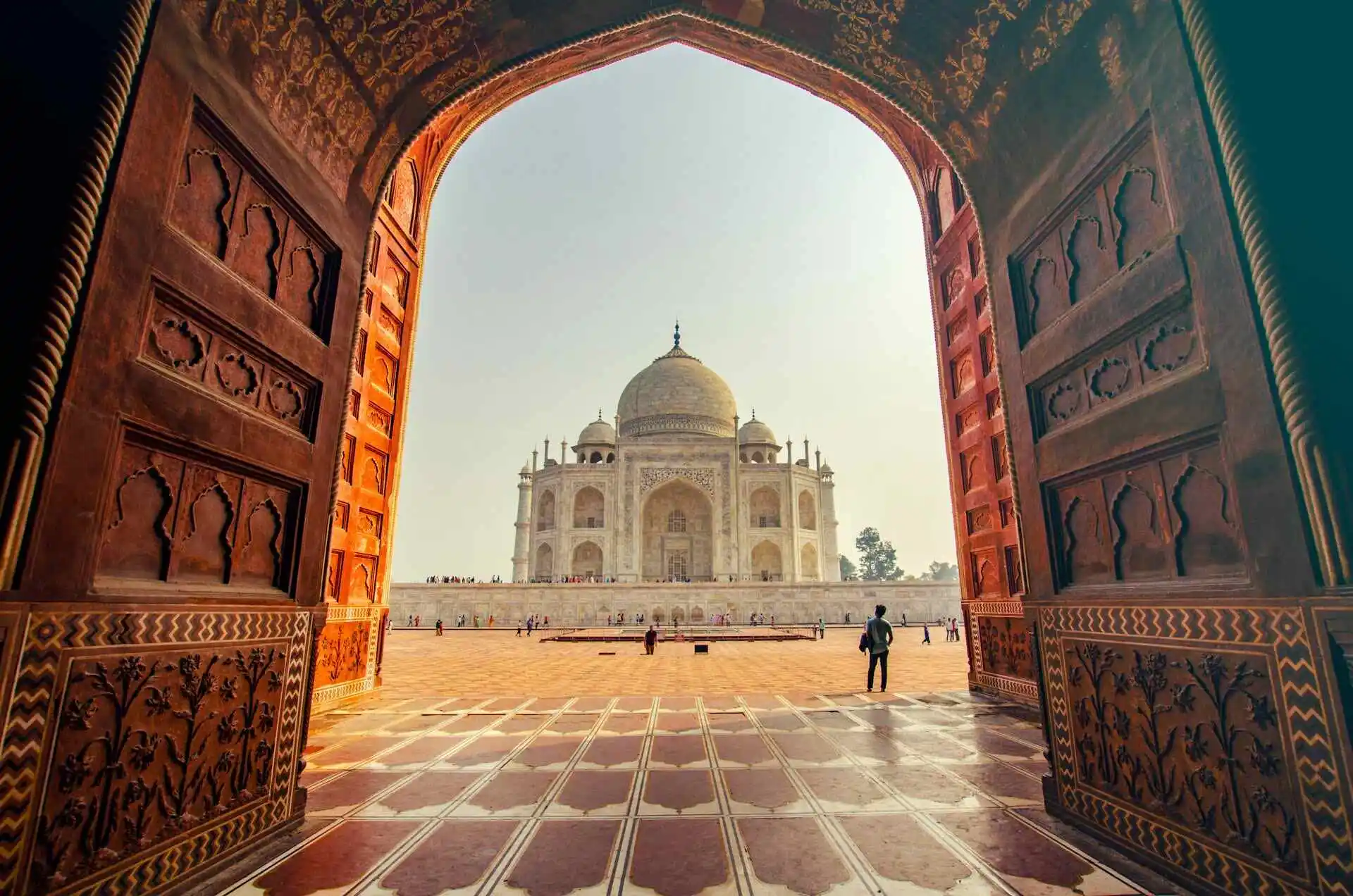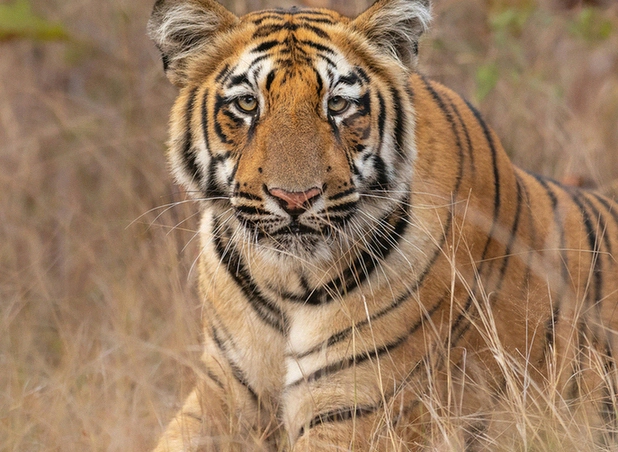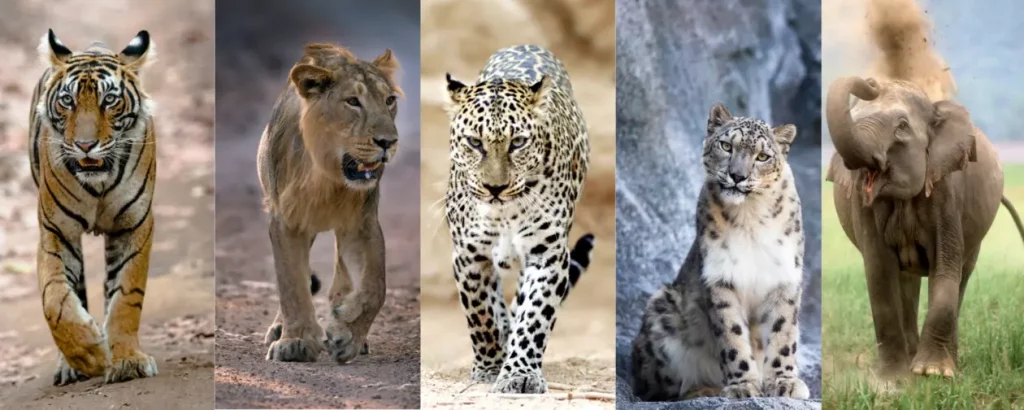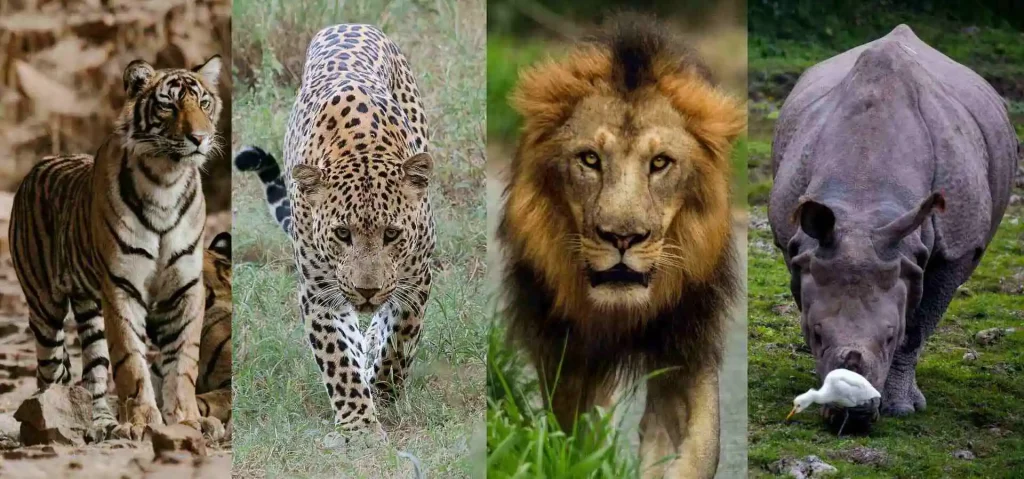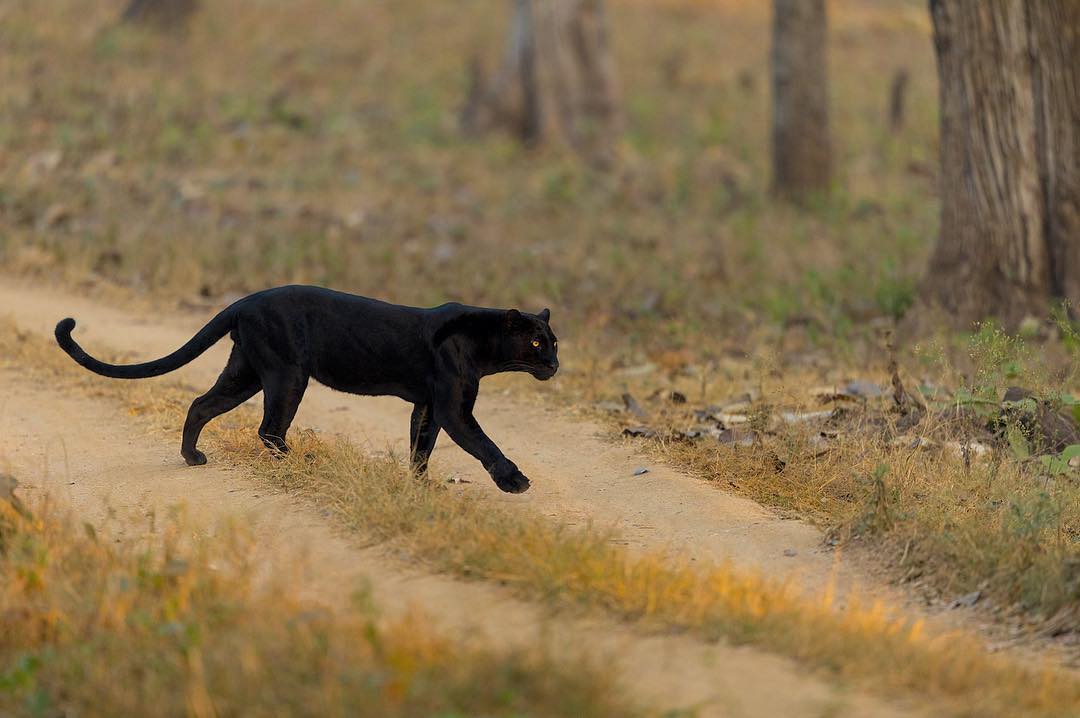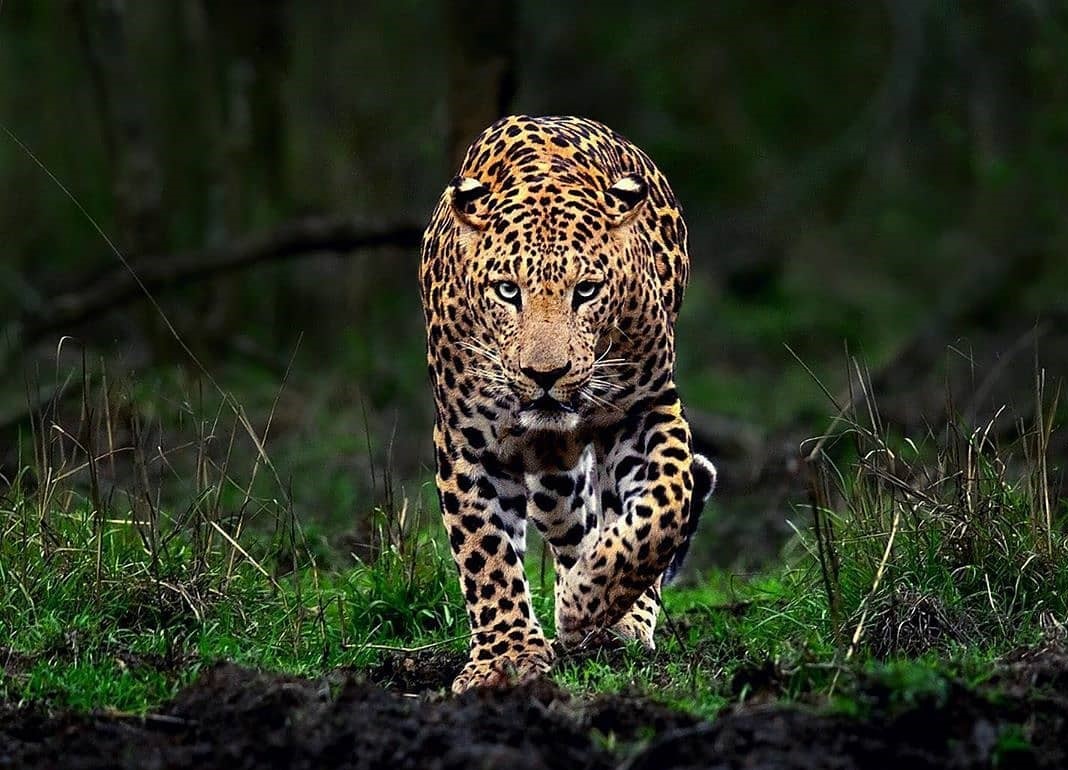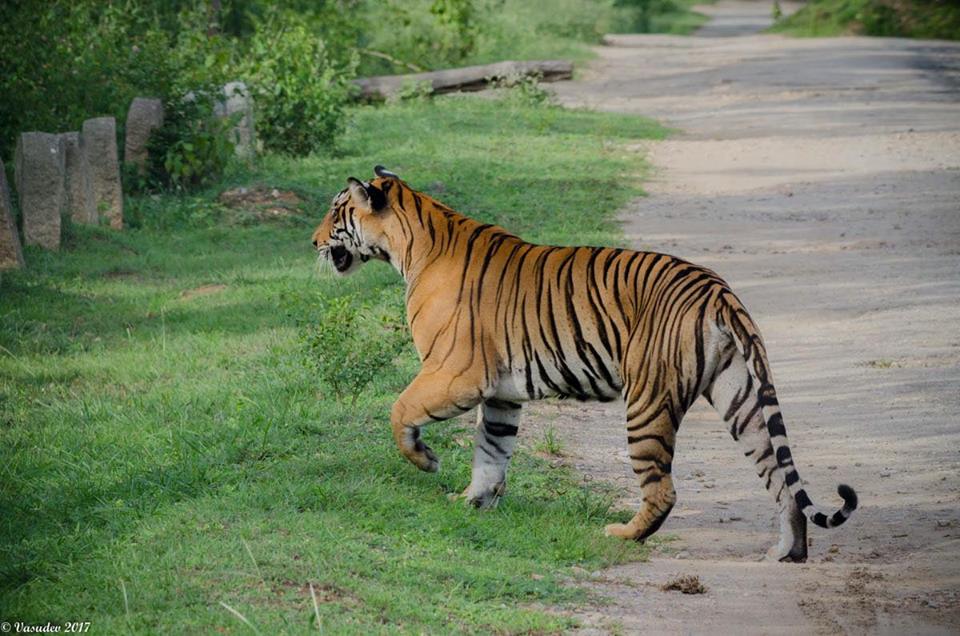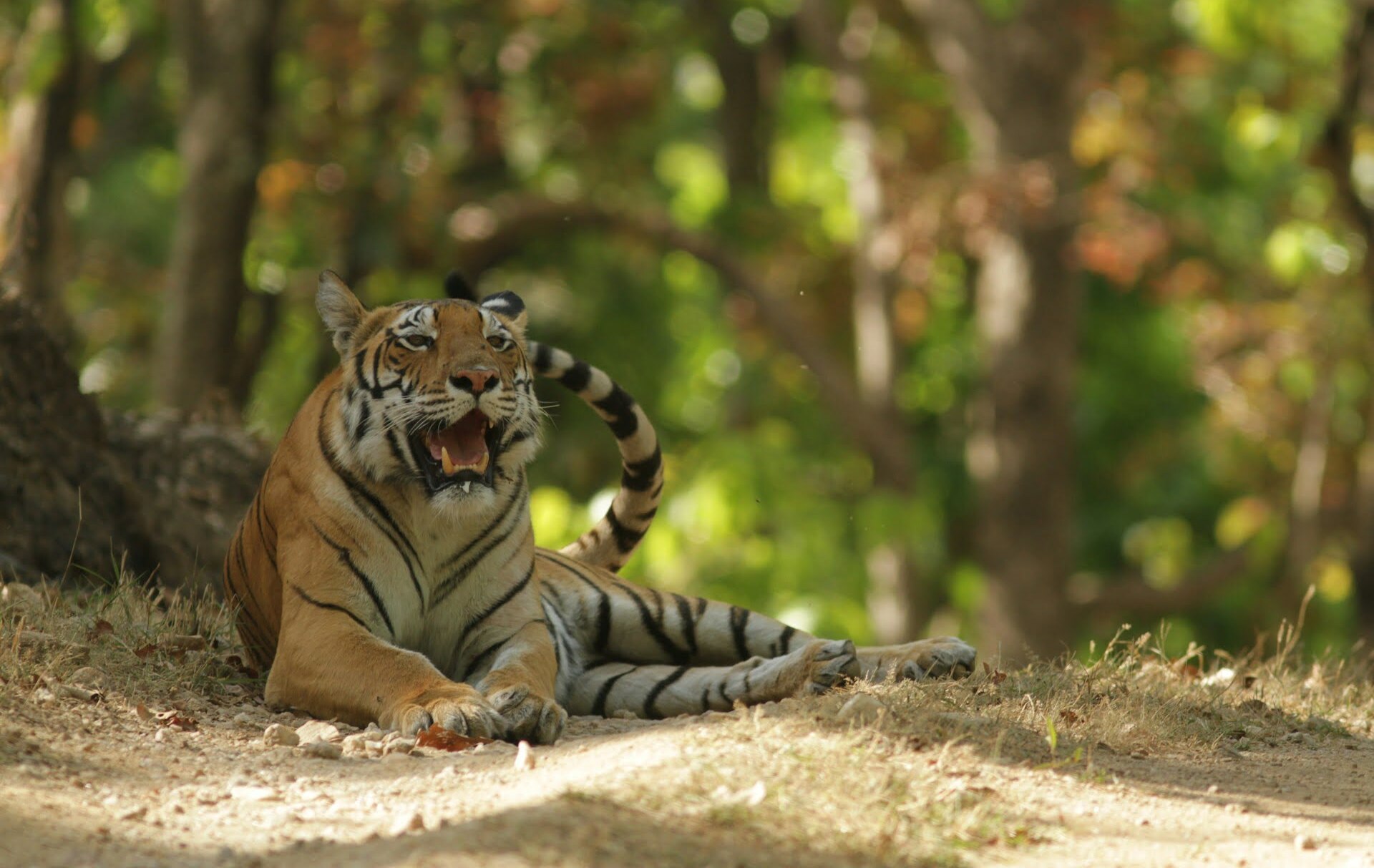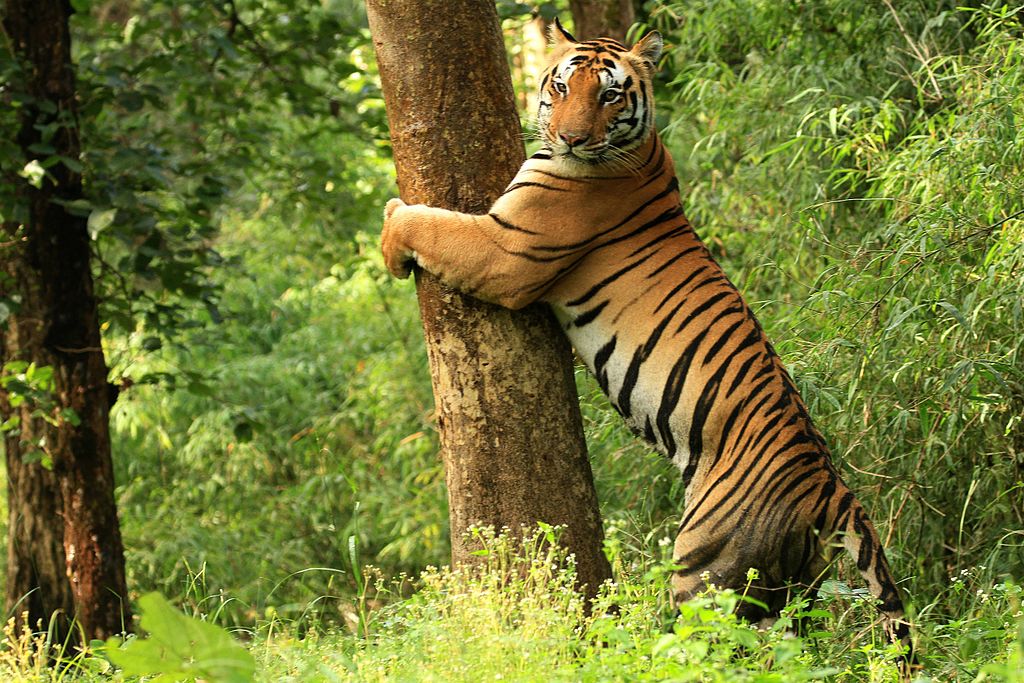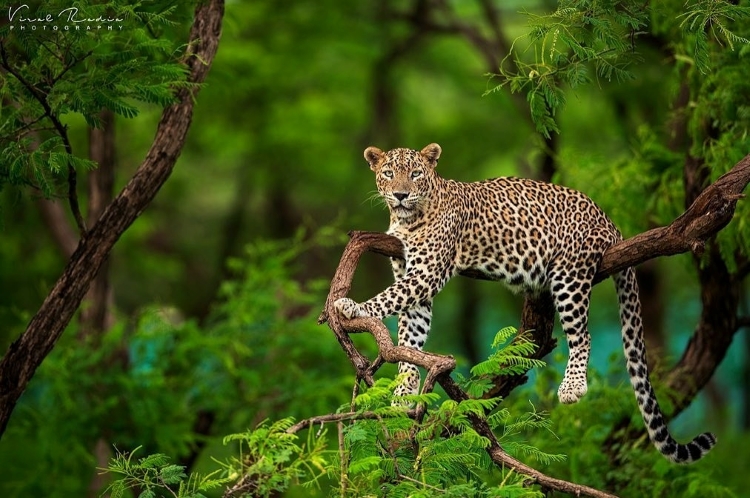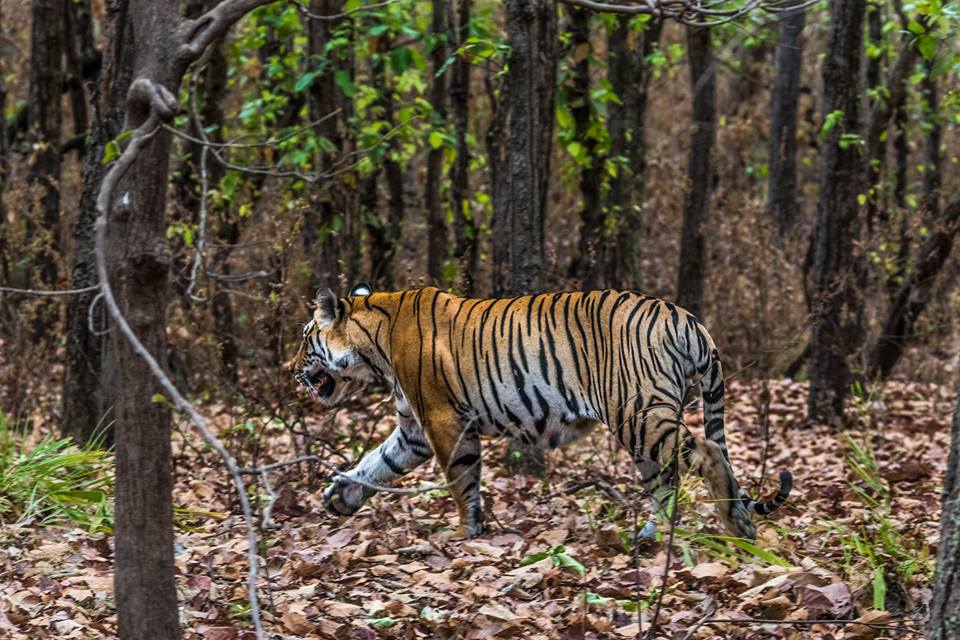What’s the Difference Between Core and Buffer Zones?
The core zone is the protected heart of the reserve. It has strict rules, limited entry gates, and tight vehicle quotas. The forest department monitors it closely to minimize human impact.
The buffer zone surrounds the core. It connects the protected forest to villages and farmland. These areas have more gates, flexible timings, and fewer restrictions.
| Feature | Core Zone | Buffer Zone |
|---|---|---|
| Gates | 6 main gates | 12+ gates |
| Vehicles per safari | 15-20 | 4-6 |
| Safari duration | 3-3.5 hours | 4-5 hours |
| Booking difficulty | Very hard | Moderate |
| Tiger presence | High | High |
What Makes Tadoba’s Buffer Zone Special
The buffer has smaller forest patches that hold resident tigers. These areas are active through the year. Safari traffic is also lighter, which keeps the forest peaceful. This balance of wildlife and calm surroundings makes the buffer a good choice for most guests.
Why Tadoba Buffer Zones Work Better for Wildlife Watching
Better Tiger Sightings
Tigers don’t recognize the difference between core and buffer. They follow prey, water sources, and territory needs. In buffer zones, you’ll find tigers hunting in open areas, resting near waterholes, and marking their territory on forest roads.
The big advantage? Fewer vehicles. When a tiger appears in the core zone, 15 to 20 jeeps rush to the spot. In buffer zones, only 4 to 6 vehicles are present. The tiger stays calm. It doesn’t rush away. You get longer, better views.
More Diverse Wildlife
Leopards prefer the buffer areas. They avoid the crowd and stick to the edges where forest meets human settlements. Sloth bears forage in buffer zone meadows, especially during mahua flower season. Wild dogs hunt in packs across the open patches.
Herbivores like sambar, spotted deer, and wild boar gather in the grasslands. Where there’s prey, predators follow. The food chain plays out right in front of you.
Great Birding Opportunities
Bird activity is strong in the buffer zones. You can often spot grey hornbills, racket tailed drongos, Indian rollers, owls, and many water birds at the lakes. This adds variety to the safari even when big cats stay hidden.
Longer Safari Duration
Core zone safaris run for about 3 to 3.5 hours. You enter at a fixed time and must exit promptly. Buffer zone safaris run 4 to 5 hours. Some gates allow even longer stays.
More time means more chances. You can wait at a waterhole, follow fresh pugmarks, or sit quietly when you hear alarm calls. Patience pays off in wildlife watching, and buffer zones give you that time.
Easier Booking
Core zone permits are hard to get. During peak season (October to March), they sell out within minutes of opening. You’re competing with hundreds of people online.
Buffer zone permits have better availability. You can book a week or two in advance and still find slots. We can plan your trip without the stress of permit wars.
Fewer Crowds
Picture this: you spot a tiger in the core zone. Within 10 minutes, 18 jeeps surround the area. Guides shout into radios. Tourists jostle for photos. The tiger gets up and disappears into thick bush.
Now picture the buffer zone: you spot a tiger. Two other jeeps arrive slowly. Everyone watches quietly. The tiger drinks water, yawns, and lies down for 20 minutes. You take photos without elbows in your face.
Which experience do you want?
Better Value
Buffer safaris cost the same or slightly less than core safaris. But you get more time, less crowd stress, and equal wildlife chances. The math is simple.
Our travelers consistently rate buffer safaris higher for satisfaction. They feel they got their money’s worth. Many book buffer zones again on their next visit.
When Core Zone Makes Sense
Core zones aren’t bad. They work well if you want to see the deepest forest areas or specific landmarks like Tadoba Lake and Kolsa Lake. Some people want to tick the “official” core zone off their list.
If you’re visiting during off-season (April to June), core zones have good availability and fewer crowds. The heat drives animals to known water sources in the core, making sightings more predictable around these spots.
Gates like Moharli and Tadoba offer access to prime core areas where the landscape feels truly wild and untouched. If you’re a serious photographer looking for dense forest backdrops, core zones can deliver that.
But for most travelers, most of the time, buffer zones deliver better results.
Why We Prefer Buffer Zones
At Big Cats India, we guide many travellers through Tadoba each season. From our on ground experience, buffer zones give better value and better sightings through most months. The forest is calm, the routes are scenic, and the chances of spotting tigers are strong. We usually suggest the buffer to our guests when planning their trip for Tadoba National Park
Tips for Choosing the Right Buffer Zone
Here are a few quick points that help.
- Pick a gate close to your resort.
- Morning safaris work well in most buffer zones.
- If you want photography, choose zones with open meadows.
- For families, choose zones with smoother tracks.
The core zone has its charm, but the buffer zones of Tadoba have grown into strong wildlife areas with steady tiger action and peaceful drives. As safari planners, we often guide our guests toward buffer zones because they give a richer and calmer viewing experience.

